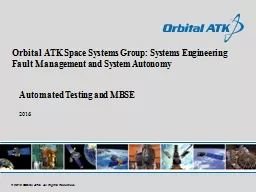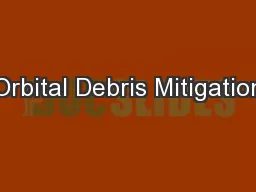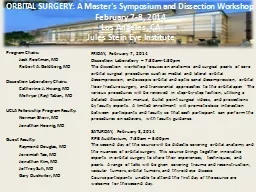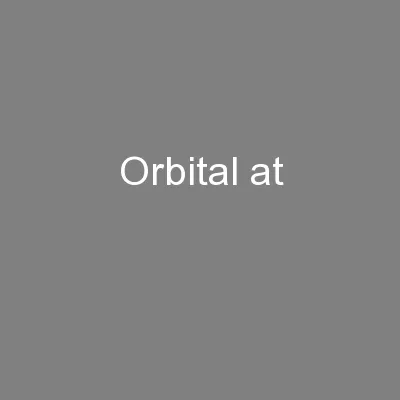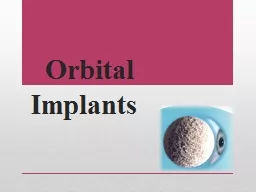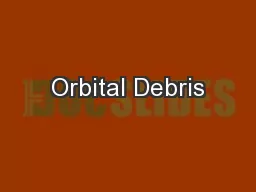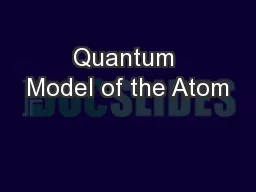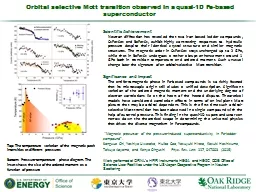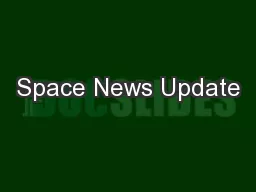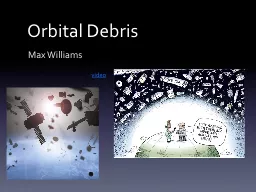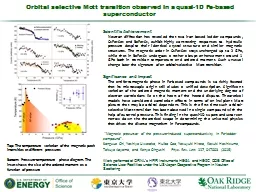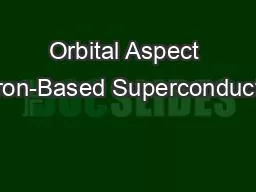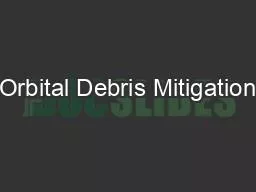PPT-Orbital ATK Space Systems Group: Systems Engineering
Author : danika-pritchard | Published Date : 2017-10-29
Fault Management and System Autonomy Automated Testing and MBSE 2016 Orbital ATK All Rights Reserved 2016 System Modeling Language SysML Orbital ATK Technical
Presentation Embed Code
Download Presentation
Download Presentation The PPT/PDF document "Orbital ATK Space Systems Group: Systems..." is the property of its rightful owner. Permission is granted to download and print the materials on this website for personal, non-commercial use only, and to display it on your personal computer provided you do not modify the materials and that you retain all copyright notices contained in the materials. By downloading content from our website, you accept the terms of this agreement.
Orbital ATK Space Systems Group: Systems Engineering: Transcript
Download Rules Of Document
"Orbital ATK Space Systems Group: Systems Engineering"The content belongs to its owner. You may download and print it for personal use, without modification, and keep all copyright notices. By downloading, you agree to these terms.
Related Documents

